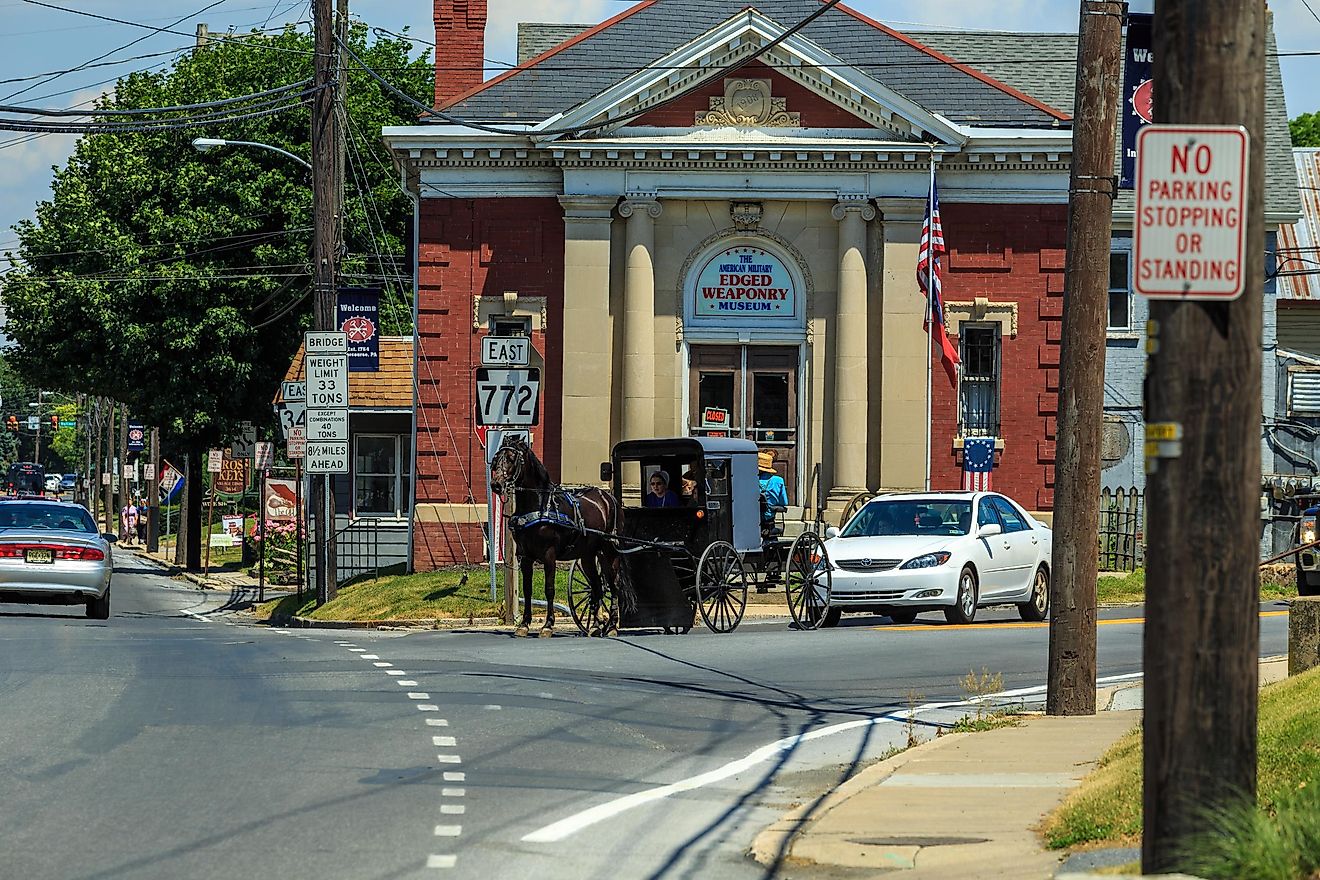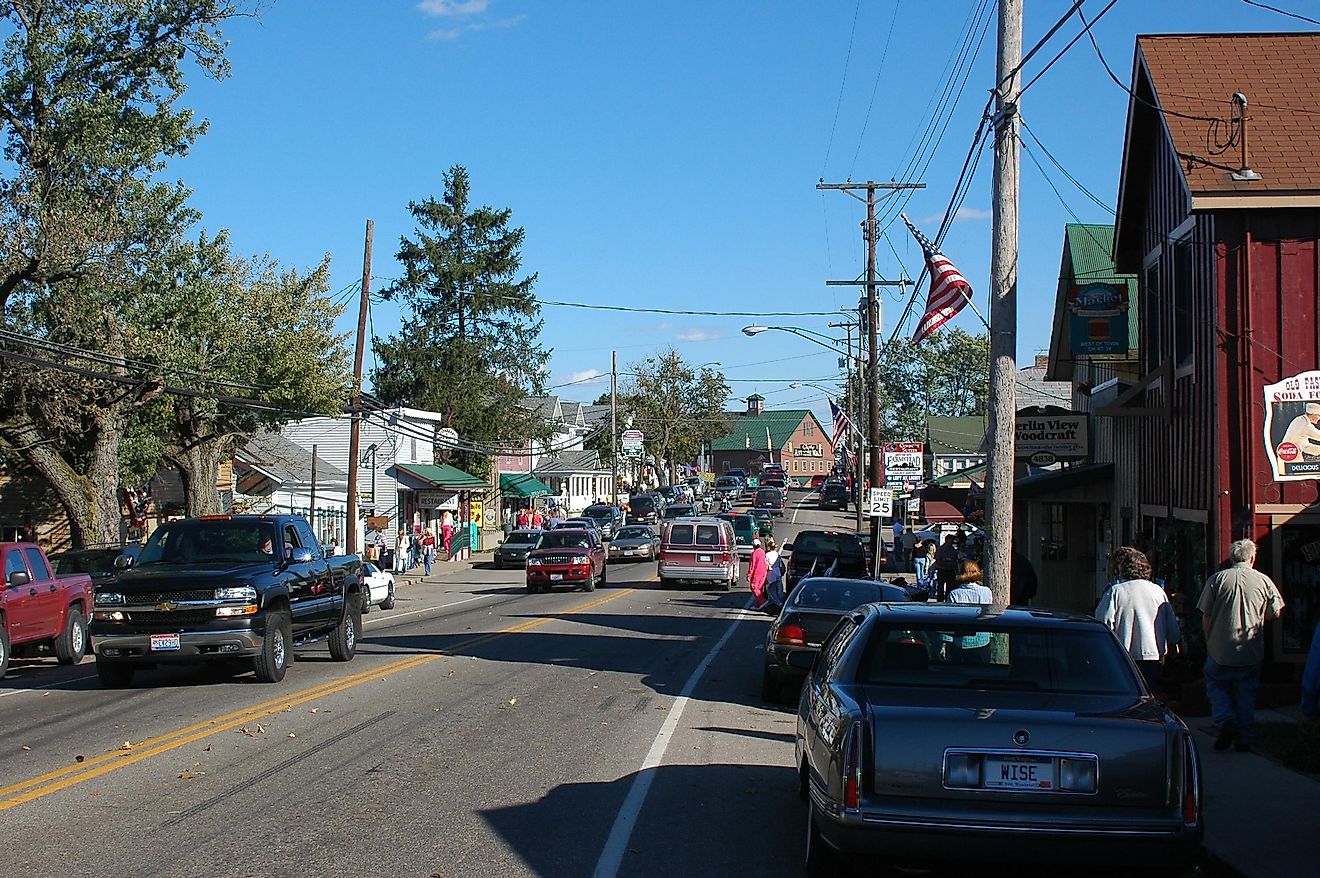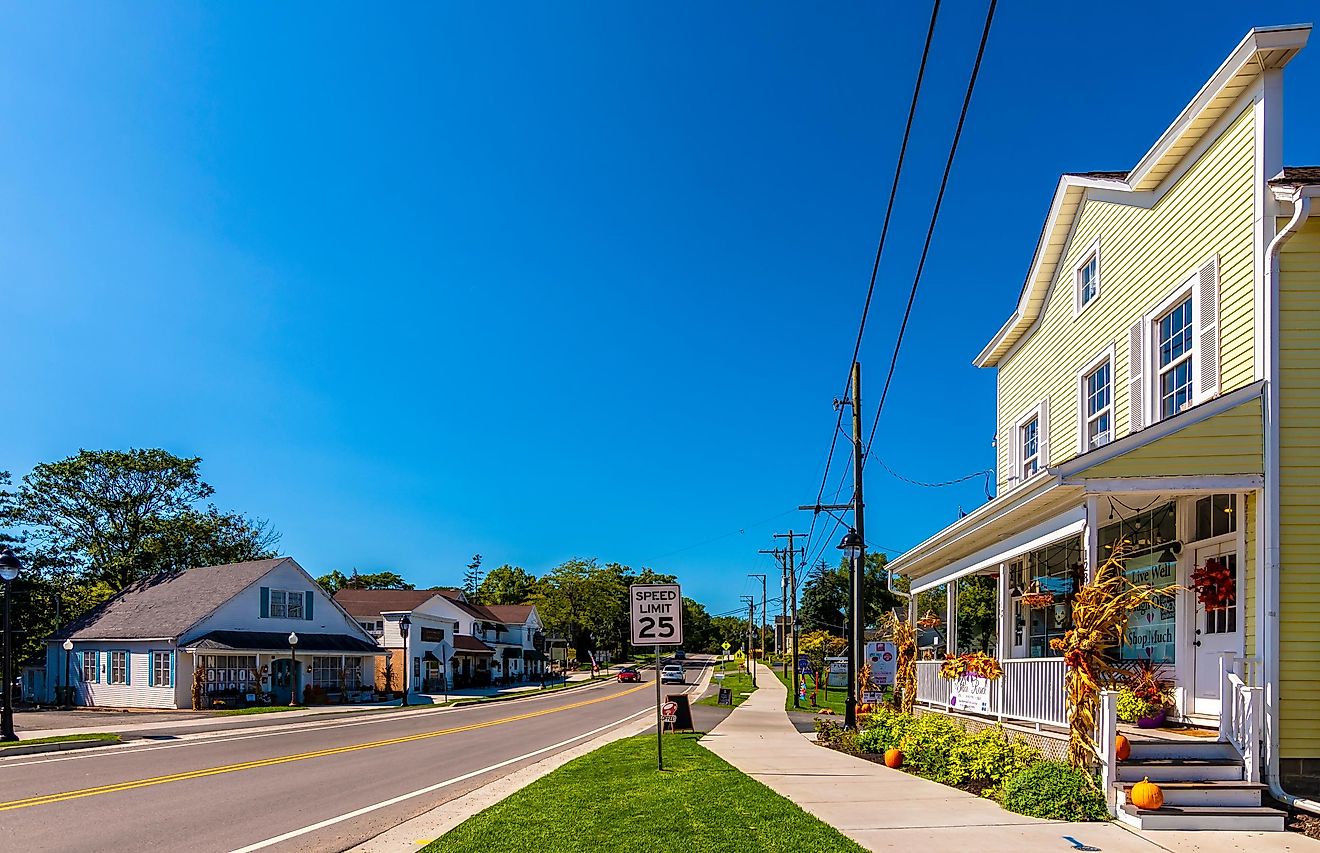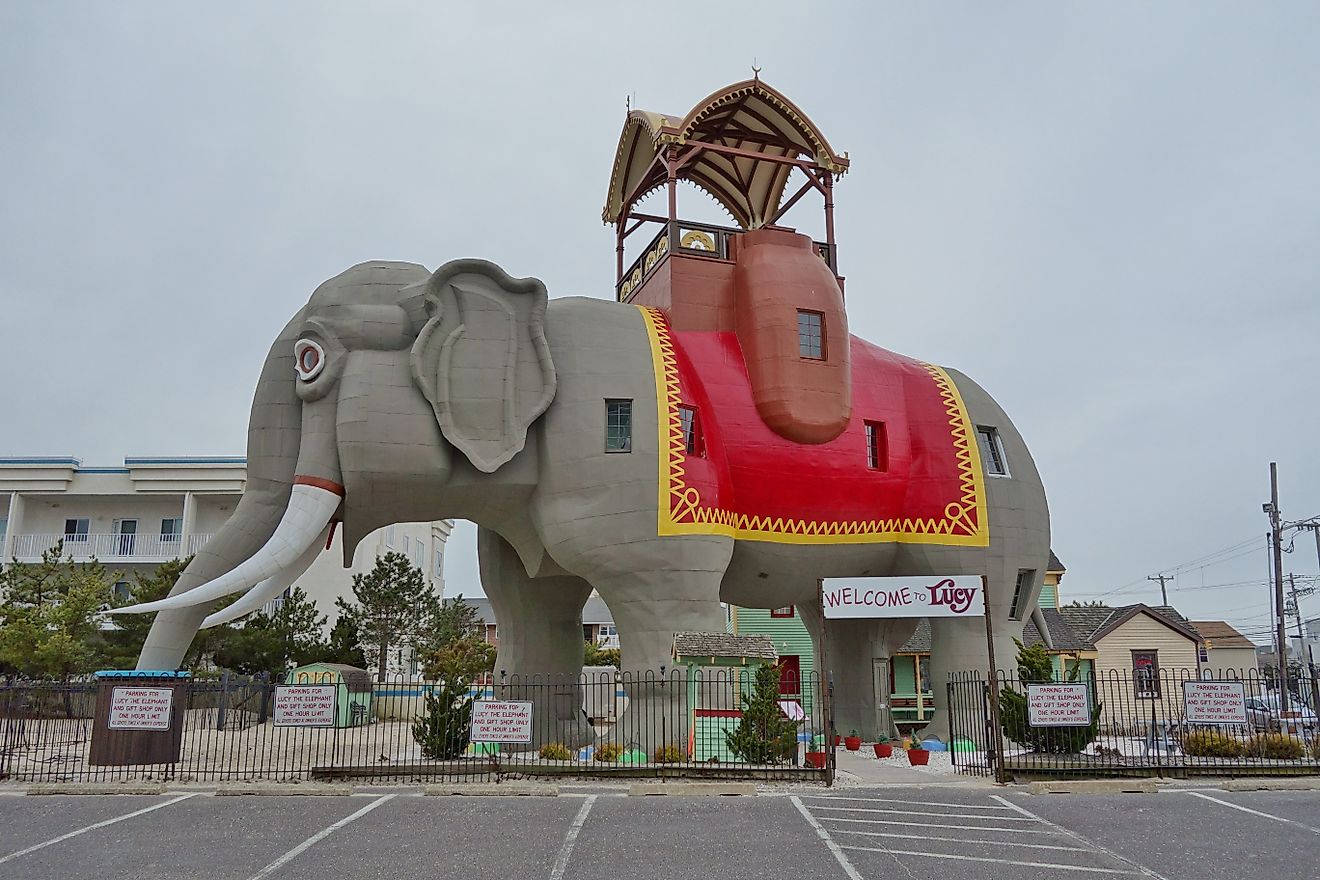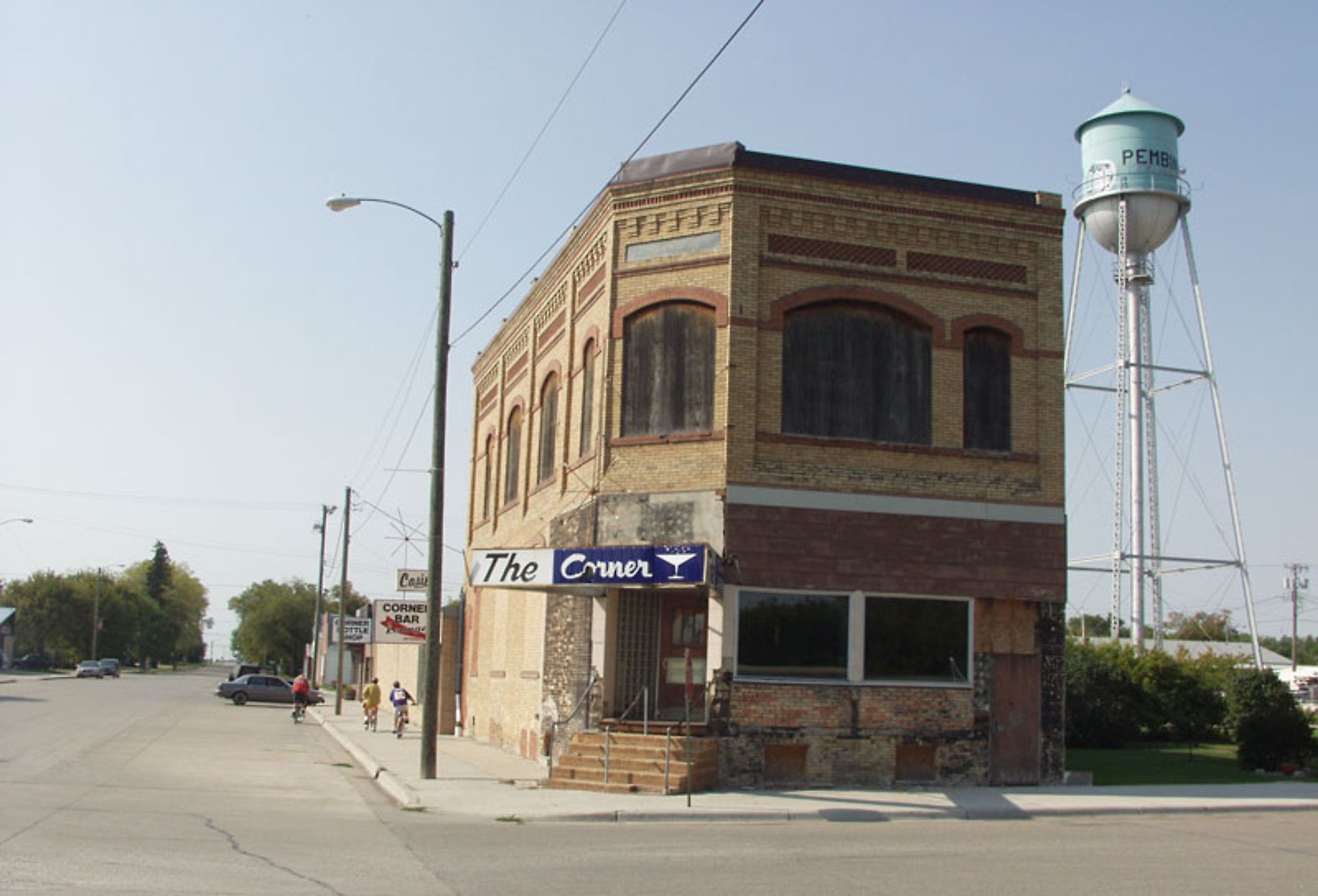
This North Dakota Town Is Older Than the State Itself
Pembina, the oldest community in North Dakota, is a town located just south of the Canadian border at the confluence of the Red and Pembina Rivers. Pembina, which was founded in 1797 and predates North Dakota's statehood by over a century, is a living example of the region's diverse mix of frontier enterprise, European exploration, and Indigenous cultures. Pembina's identity is still shaped by its rich history, which provides an intimate look into the early years of organized settlement on the northern Great Plains. Although it has a small population now, this North Dakota town has played a significant role in North Dakota's history. Pembina is not only older than the state, but it also laid the groundwork for it as the location of its first post office, chapel, and trading post.
Pembina’s Early Years
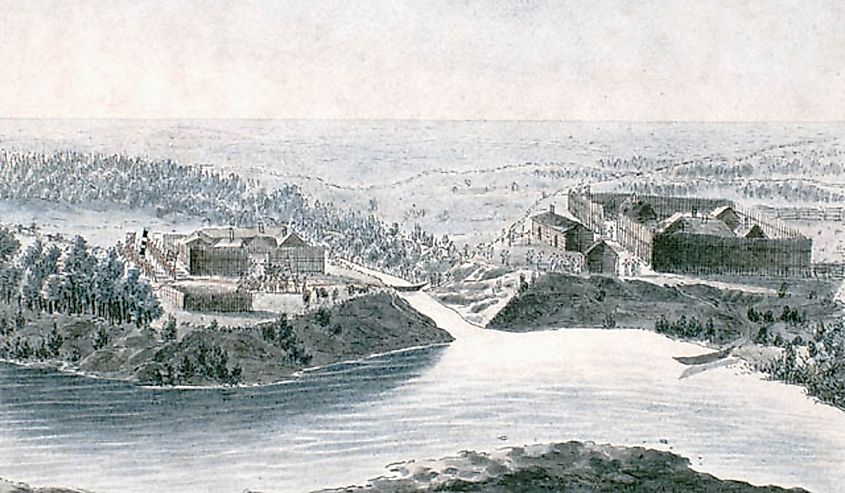
Long before European settlers arrived, the area now known as the United States was inhabited by Indigenous peoples, including the Ojibwe, Dakota, and Assiniboine tribes. For food and commerce, these settlements made use of the abundant resources found in the rivers and the surrounding areas. Pembina's recorded history began in 1797 when Charles Baptiste Chaboillez of the North West Company opened the region's first European trading post. Fort Panbian, a station that attracted traders and trappers who traded commodities with the local Indigenous populations, developed into a major fur trading hub.
The early 19th century saw increased activity in the region. In 1801, Alexander Henry Jr. established another post at Pembina, which later became the center for an agricultural colony sponsored by the British crown after 1812. These incidents solidified Pembina's role as a key hub in the fur trading network.
European and Native American History
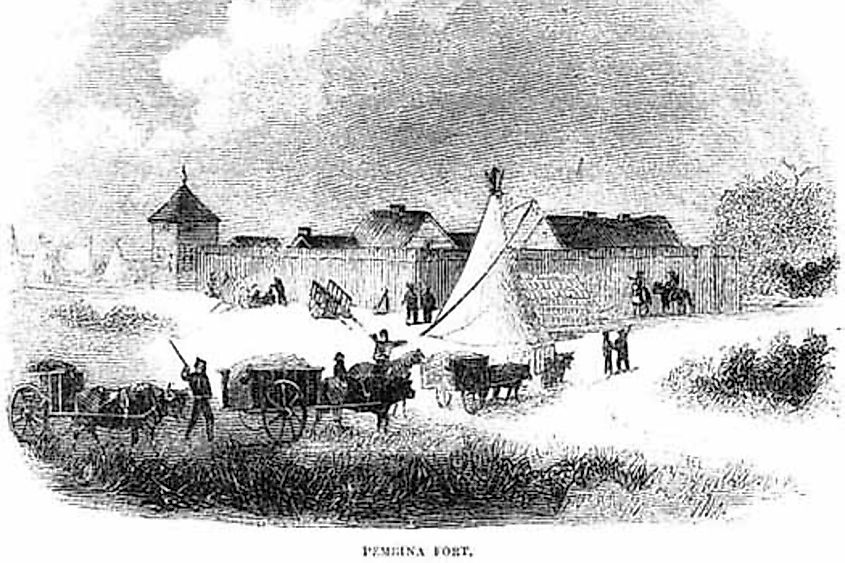
The emergence of the Métis group, which is composed of individuals with a mix of Indigenous and European ancestry, was the most obvious example of how Pembina's ideal location fostered a clear cultural fusion. As intermediaries between European traders and Native American nations, the Métis played a significant role in the fur trade. By influencing regional customs, language, and traditions, their presence added to the region's unique culture.
In 1812, Scottish and Irish settlers established a permanent settlement in Pembina, constructing Fort Daer on the site of Chaboillez's garrison, under the leadership of Miles MacDonell and with financial support from Lord Selkirk. This settlement integrated European farming methods and social systems, greatly diversifying the society. Pembina's location near the 49th parallel placed it at the heart of geopolitical negotiations between the United States and Great Britain. The 49th parallel was designated as the border by the 1818 Treaty between the two countries, but it wasn't until 1823 that a US Army survey verified Pembina's location just south of that line, formally putting it inside US territory.
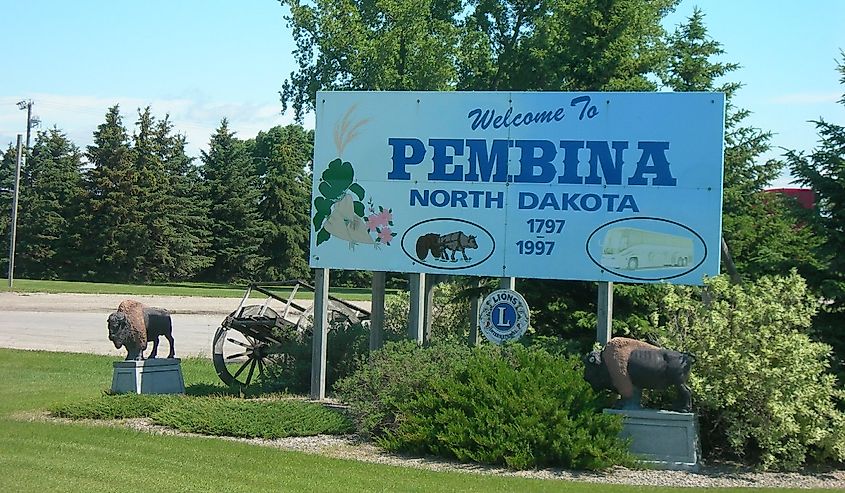
Increased American involvement and infrastructure development resulted from this clarification. The United States opened its first post office at Pembina, North Dakota, in 1851. The iconic town, which was the most populated city in the area by 1860, was an important hub for trade and administration.
The Evolving Cultural Development of This Town
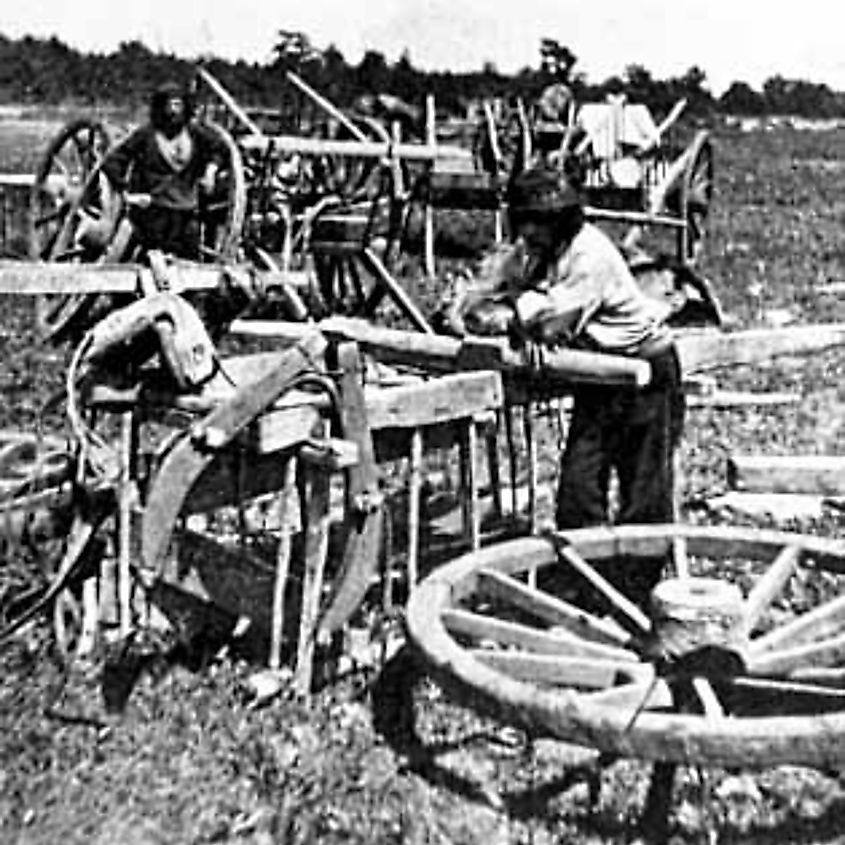
In the late 19th century, Pembina became a center for transportation and agriculture as the fur trade dwindled. The railroad's introduction made it easier to transport people and supplies, and the town's relationship to Canada made it a significant spot for cross-border trade.

Today, Pembina remains a small community with a population of around 500 residents. The town has a big impact on global trade despite its small size. A vital link for trade between the United States and Canada, the Pembina-Emerson Port of Entry is one of the busiest land ports in the country.
Additionally, Pembina is home to the Pembina State Museum, which honors and preserves its rich history. The museum's displays trace the history of the region from the prehistoric period to the fur trade era and beyond. Visitors can examine items such as early settlers' and Indigenous peoples' tools and carts made of Red River ox. A seven-story observation tower offers panoramic views of the Red River Valley, providing a tangible connection to the landscapes that shaped Pembina's story.
It goes without saying that Pembina is the town with the most history and longevity in the Peace Garden State, due to the evidence of its persistence and tenacity in staying an iconic place to visit. Pembina has stood firm while many frontier towns have vanished from the state or been reduced to historical markers. Oxcart pathways are still remembered in its streets, and the voices of early American settlers, Métis traders, and Ojibwe elders echo through its monuments and museums.
From its beginnings as a fur trading hub to its current prominence in global trade, Pembina embodies the dynamic interplay of cultures, economies, and histories that define the American frontier experience. As the state develops further, Pembina serves as a living reminder of the many and varied stories that have molded North Dakota's character.
